Pinus monticola winter hardiness
ireena (zone 5-6)
11 years ago
Related Stories
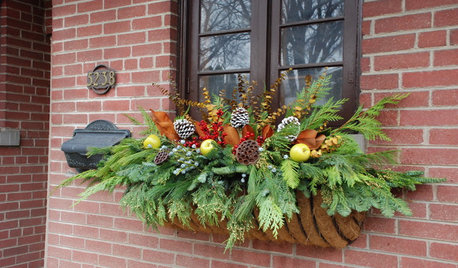
GARDENING GUIDES10 Dazzling Winter Container Designs
Get inspired by these ideas for festive arrangements in outdoor pots and planters
Full Story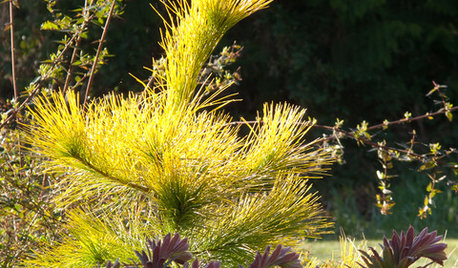
GARDENING GUIDESGreat Design Plant: Louie Eastern White Pine
This stunning golden conifer will bring a smile to your face and add a ray of sunshine to your winter garden
Full Story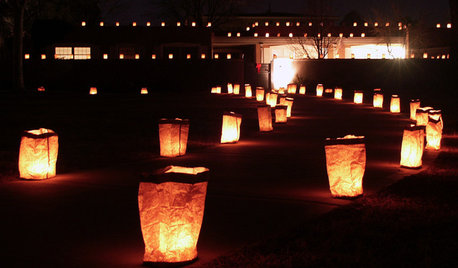
SOUTHWEST GARDENINGSouthwest Gardener's December Checklist
Make your garden a personal winter resort with lights, well-designed containers and plantings that please the eye
Full Story0
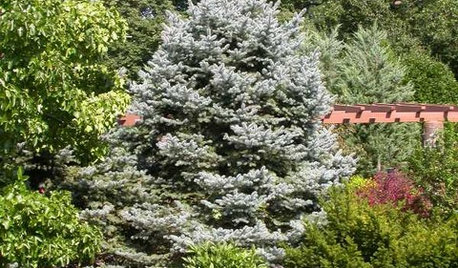
LANDSCAPE DESIGN10 Evergreens for Beautiful Foliage All Year
Give your landscape consistent color and structure with the emeralds, chartreuses and blues of evergreen trees and shrubs
Full Story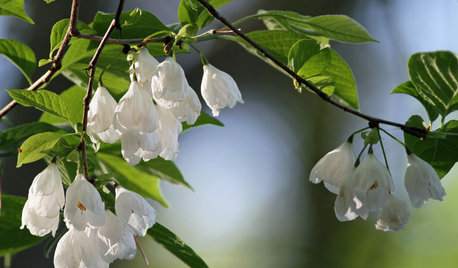
GARDENING GUIDESGreat Design Plant: Halesia Tetraptera
Carolina silverbell is a Southeastern native tree that adds spring blooms to a shady slope, a woodland edge or even a lawn
Full Story
LANDSCAPE DESIGNThe 7 Best Plant Types for Creating Privacy and How to Use Them
Follow these tips for using different kinds of plants as living privacy screens
Full Story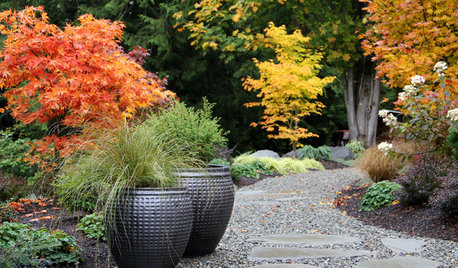
PLANTING IDEASGreat Garden Combo: Fall Foliage With a Contemporary Twist
This fiery autumnal display relies on simplicity and ample spacing to create a distinctive panorama
Full Story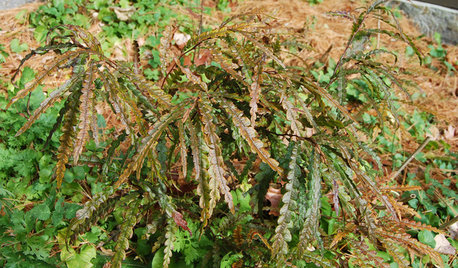
GARDENING GUIDESGreat Design Plant: Comptonia Peregrina
Though not a fern, sweet fern sure smells sweet and thrives in tough spots where many shrubs and ferns cannot
Full Story
TREESHow to Buy Healthy Trees and Shrubs
A healthy young plant with a strong form is more likely to do well in your yard. Here’s what to look for at the nursery
Full Story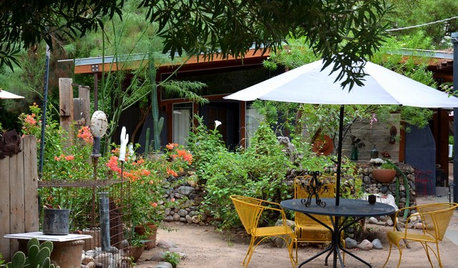
LANDSCAPE DESIGNAn Artist’s Garden Delights With Beauty and Whimsy
Step into this Phoenix garden, where history, color and the unexpected are waiting to be discovered
Full Story








Mcpotts
nikkie_in_toronto
Related Professionals
Holly Springs Landscape Architects & Landscape Designers · Windham Landscape Architects & Landscape Designers · Barrington Hills Landscape Architects & Landscape Designers · Bethlehem Landscape Contractors · Middletown Landscape Contractors · Bedford Landscape Contractors · East Chicago Landscape Contractors · Fairfield Landscape Contractors · Lewisville Landscape Contractors · North Canton Landscape Contractors · Oakland Landscape Contractors · Rockville Landscape Contractors · Smyrna Landscape Contractors · West Haverstraw Landscape Contractors · Bensenville Landscape Contractorstreeguy_ny USDA z6a WNY
gardener365
Smivies (Ontario - 5b)
ireena (zone 5-6)Original Author
pineresin
ireena (zone 5-6)Original Author
pasadena
Embothrium
pineresin
Smivies (Ontario - 5b)
Smivies (Ontario - 5b)
pineresin
Huggorm